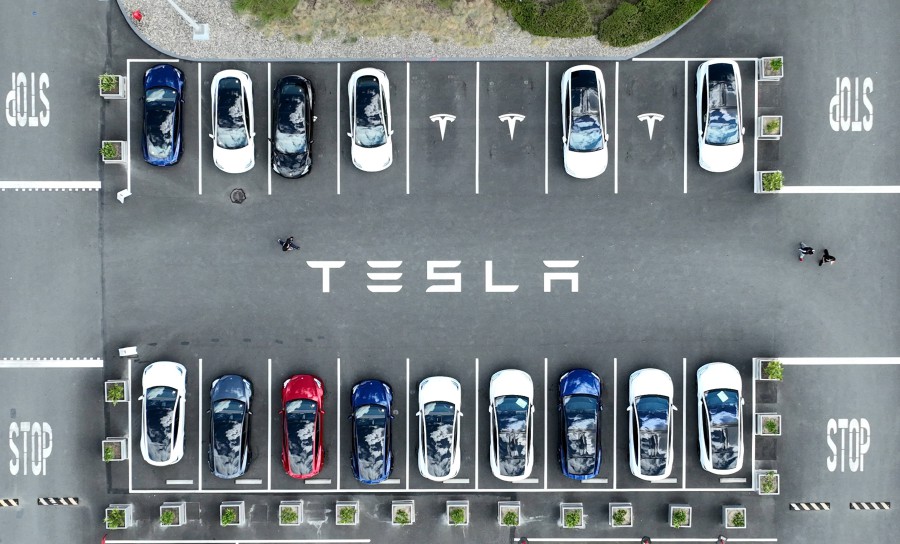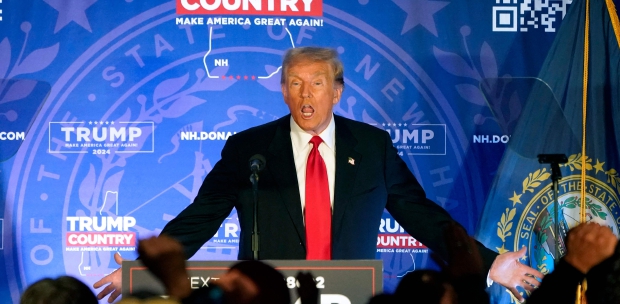DENIAL is what will kill traditional car companies. Like it or not, globally we are already at an inflection point for electric vehicles (EVs).
What that means is that the market has entered the early phase of mass adoption.
This market adoption has very little to do with individual manufacturers but a large leap in acceptance by consumers of a new and disruptive technology, which they consider to be significantly better than the existing way of doing things.
Just like when Apple introduced the iPhone, no one else was doing it. In fact, the big boys dismissed it. They thought they could continue to peddle their products but the market didn't want anything to do with simple phones any more.
South Korea and China stepped in to fill that void of denial and now Nokia, Blackberry and Ericsson can't really find space in the market any more and Motorola is just a side hustle at this point.
If we were to take the direct comparison between a horse and a horseless carriage with that of an internal combustion car and an electric car, I would think the chasm of confidence that customers have to cross is much smaller now.
And yet even during the transition from horse-drawn carriages to the car, it took no more than two decades.
I am going to make the assumption that the building blocks needed to inspire confidence in the horseless carriage really came together in the early 1900s with the rise of the American automotive industry in Detroit.
We can go back to 1885 to the Benz Patent Wagon or three-wheeler to trace the birth of the high-speed internal combustion engine (ICE), which is an important milestone in the development of the horseless carriage.
The equivalent to that would be the lithium-ion battery of today, which really came into force at the turn of the millennium, replacing nickel metal hydride as the chemistry of choice.
Finally, we now have a battery that has enough energy density and ability to be charged and discharged at a fairly fast rate to allow for its application in electric cars.
There were other modes of mobile power in the 1800s such as steam and even electric motors but they were either too heavy or too slow to scare horse owners into changing over.
However, once the engineering basics of a four-stroke engine was understood by Nicolaus Otto, it took Benz only 20 years to develop a high speed version; the parallel with lithium ion batteries could not be more similar.
Early research done in the 1960s found lithium to be a good base material for a rechargeable battery that offered high gravitational and volumetric density, which simply means that it's not too big or too heavy to be useful.
But lithium doesn't work alone; it needs a friend.
After flipping left through the periodic table and trying out Copper (II) Fluoride and Titanium Disulphide, both of which got on with lithium like a house on fire, a new problem surfaced in that those two were only too willing to burn the house down, literally.
Fast forward 20 years and Koichi Mizushima and John B. Goodenough found out that Cobalt Oxide was a better friend. It could hold on to a lot of charge and was relatively safe enough to be mixed and baked in a factory without the entire thing burning down.
If we want to draw parallels; the 1960s were the Otto moment, the 1980s were the Benz three-wheeler invention and the new millennium was the Henry Ford eureka.
By the 1920s, horses were pretty much done and dusted. It didn't mean everyone stopped using horses, it simply meant those who used horses were likely either those who didn't have enough money to buy a horseless carriage or someone so in love with horses they never would.
Right now, the electric car is at the stage of Ford deciding he wanted to build cars as cheaply as possible so that as many people as possible could buy them.
More precisely, we are in December 1913, when Ford pretty much perfected the moving assembly line for building cars and hammered the last nail in the coffin of the horse buggy as a mode of general transport.
The horse buggy exists today, just not as useful for transportation.
It does look like 2022 is the year that Elon Musk and his Tesla army perfect the electric vehicle manufacturing process, for now.
Sure, there will be further advancements but the technological leaps taken by Tesla in Gigas Shanghai, Berlin and Texas are the culmination of years of effort to make Battery Electric Vehicles cost competitive to internal combustion engine cars.
Apart from the increased price of raw materials for making batteries, Tesla is on course to achieve some staggering milestones, first of which is that its factories take up only 25 to 30 per cent of the space of a traditional car factory of equivalent production capacity.
This is not something Musk said, these are now facts.
The three giant Giga factories are built to a very similar layout and size and if Shanghai is anything to go by, they are capable of cranking out at least one million cars on that footprint, which is roughly the same as Malaysia's two car companies' main factories.
We have to remember that Ford conquered the world not with the best car ever built but with the most capable factory ever built.
And that fact was not lost on Mr Musk or Mr Toyota.
Why am I dragging Mr Toyota into this? Well, that's because the Toyota Manufacturing System raised the bar so high in the 1980s that nearly every car company had TMS consultants running around their factory trying to help people make better cars at lower costs.
This is why we hear Musk saying that its real advantage lies in the machine that builds machines, and not really the car because, to be honest, car companies could probably make better electric cars.
They just can't make those cars faster than Tesla. And they probably also can't make them cheaper.
It doesn't help that at this point in time, Tesla's Model 3 and Y, which are priced like a good German compact executive sedans such as the BMW3 series, Mercedes C Class or Audi A4, are selling better than the Vauxhall Corsa in the United Kingdom, a car less than half the price.
Such is the mindset change among buyers.
Hey, don't shoot the messenger, I'm just telling you things as they are.
The good news is people still race horses today, so maybe Porsche, Aston Martin and BMW, or whichever other company that does not want to move to EV, can have the ICE race car market to themselves.
Huzzah! The brand lives on.
You want to know what the other milestones are?
Tesla has predicted that the Model Y will become the world's most popular car and achieve sales of one million units a year by next year, and that it will go on to build 20 million cars a year in 2030.
But we'll talk about those later.





